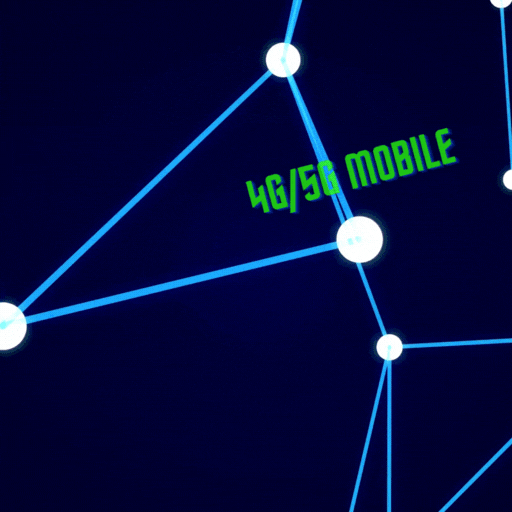Time Management for Teachers: An Ultimate Guide 2024
In the dynamic landscape of education, effective time management is the cornerstone of a teacher’s success. In 2024, amidst evolving pedagogies and technological advancements, educators face diverse challenges in balancing instructional duties, administrative tasks, and personal commitments. This guide serves as a roadmap for teachers to optimize their time effectively, fostering productivity and well-being.
Firstly, prioritization is paramount. Teachers should identify key tasks based on urgency and importance, allocating time accordingly. Utilizing tools like Eisenhower’s Urgent-Important Matrix can streamline decision-making and ensure focus on tasks that yield maximum impact.
Furthermore, embracing technology enhances efficiency. Digital tools such as scheduling apps, collaborative platforms, and grading software automate routine tasks, liberating time for instructional planning and student engagement.
Moreover, establishing boundaries is essential for work-life balance. Setting realistic goals, delegating when possible, and learning to say ‘no’ to non-essential commitments safeguard against burnout, enabling teachers to thrive professionally and personally.
Additionally, fostering a culture of continuous improvement promotes time management skills among colleagues. Peer collaboration, professional development workshops, and sharing best practices cultivate a supportive environment where time management strategies are exchanged and refined.
In conclusion, effective time management empowers teachers to navigate the complexities of modern education with confidence and resilience. By prioritizing tasks, leveraging technology, maintaining boundaries, and fostering a culture of growth, educators can optimize their time, ultimately enhancing student learning outcomes and personal well-being in 2024 and beyond.
In the dynamic landscape of education, effective time management is the cornerstone of a teacher’s success. In 2024, amidst evolving pedagogies and technological advancements, educators face diverse challenges in balancing instructional duties, administrative tasks, and personal commitments. This guide serves as a roadmap for teachers to optimize their time effectively, fostering productivity and well-being.
Firstly, prioritization is paramount. Teachers should identify key tasks based on urgency and importance, allocating time accordingly. Utilizing tools like Eisenhower’s Urgent-Important Matrix can streamline decision-making and ensure focus on tasks that yield maximum impact.
Furthermore, embracing technology enhances efficiency. Digital tools such as scheduling apps, collaborative platforms, and grading software automate routine tasks, liberating time for instructional planning and student engagement.
Moreover, establishing boundaries is essential for work-life balance. Setting realistic goals, delegating when possible, and learning to say ‘no’ to non-essential commitments safeguard against burnout, enabling teachers to thrive professionally and personally.
Additionally, fostering a culture of continuous improvement promotes time management skills among colleagues. Peer collaboration, professional development workshops, and sharing best practices cultivate a supportive environment where time management strategies are exchanged and refined.
In conclusion, effective time management empowers teachers to navigate the complexities of modern education with confidence and resilience. By prioritizing tasks, leveraging technology, maintaining boundaries, and fostering a culture of growth, educators can optimize their time, ultimately enhancing student learning outcomes and personal well-being in 2024 and beyond.






